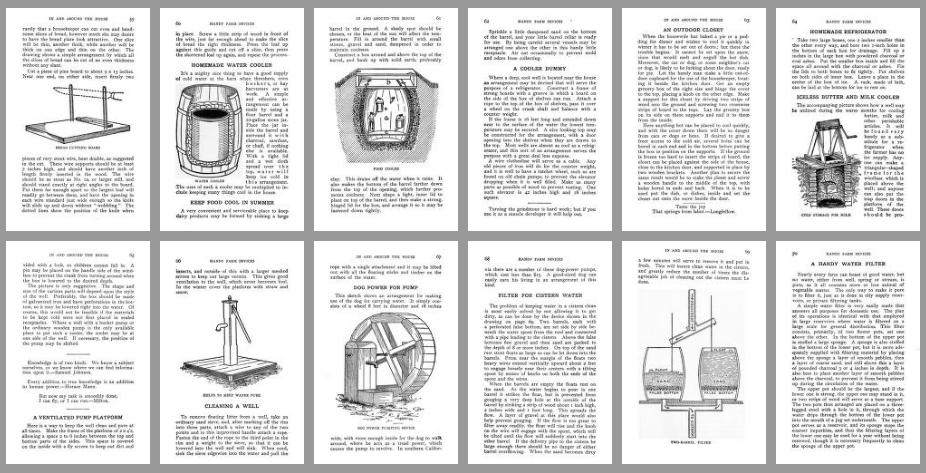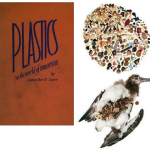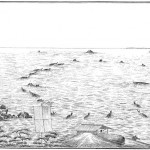“This project explores the potential of harnessing sunlight directly to produce objects. The Sun Cutter is a low-tech, low-energy version of a laser cutter. It uses pure sunlight, focused by a ball lens, to repeatedly cut programmed shapes in up to 0.4mm thick plywood as well as paper and card.”
More projects from the RCA Design products Department.








